- Home
- Archives
ONGC News & Analysis
Here you will find all the research and views on ONGC that we post on Equitymaster. Use the tools to customize the results to suit your preference!
ONGC 2022-23 Annual Report Analysis
Mar 31, 2023 | Updated on Apr 20, 2024Here's an analysis of the annual report of ONGC for 2022-23. It includes a full income statement, balance sheet and cash flow analysis of ONGC. Also includes updates on the valuation of ONGC.
ONGC Fact Sheet, ONGC Financial Results - Equitymaster
Apr 20, 2024 | Updated on Apr 20, 2024Check out ONGC fact sheet and ONGC financial results online at Equitymaster.
ONGC Quarterly Results - Equitymaster
Apr 19, 2024 | Updated on Apr 19, 2024Check out latest ONGC Quarterly Results online at Equitymaster.
ONGC Share price, NSE/BSE Forecast News and Quotes| Equitymaster
Apr 19, 2024 | Updated on Apr 19, 2024ONGC: Get the latest ONGC Share price and stock price updates, live NSE/BSE share price, share market reports, financial report, balance sheet, price charts, financial forecast news and quotes only at Equitymaster.com.
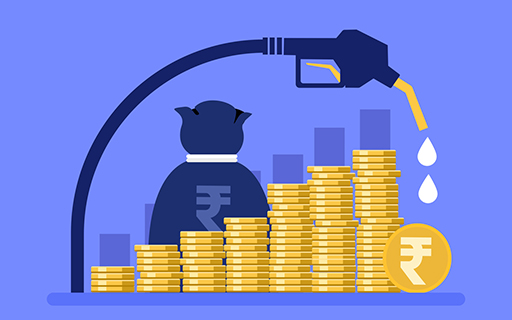 Top 5 Energy Stocks to Watch Out for Big Dividends in 2024
Top 5 Energy Stocks to Watch Out for Big Dividends in 2024
Apr 7, 2024
Energy companies in India are poised for a record-breaking dividend payout driven by significant surge in net profit.
 ONGC Share Price: Risk Reward Equation in Favor of Investors?
ONGC Share Price: Risk Reward Equation in Favor of Investors?
Feb 15, 2024
ONGC is investing heavily to achieve its onshore wind energy target of 2 GW by 2030. This is one of the highly advanced tech-led projects in the renewable energy space.
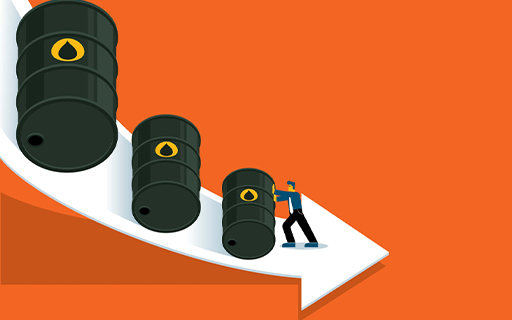 Why ONGC Share Price is Rising
Why ONGC Share Price is Rising
Jan 30, 2024
ONGC zooms 8%, hits 52-week high. What's driving the rally?
 Top 5 Most Profitable PSU Stocks of FY23 to Add to Your 2024 Watchlist
Top 5 Most Profitable PSU Stocks of FY23 to Add to Your 2024 Watchlist
Nov 24, 2023
With elections just around the corner, can these PSU companies continue their good run?
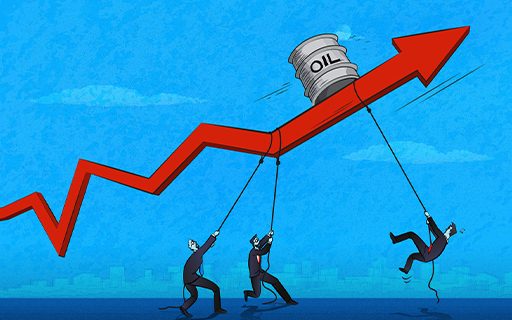 Rising Crude Oil Prices Drive OMC Stocks and ONGC. Is the Rally Sustainable?
Rising Crude Oil Prices Drive OMC Stocks and ONGC. Is the Rally Sustainable?
Nov 11, 2023
ONGC is optimistic of a recovery in its oil production going forward, and would be able to reverse production constraints.
 ONGC's Rs 2 Trillion Investment to Reduce Carbon Emissions. 5 Things to Know...
ONGC's Rs 2 Trillion Investment to Reduce Carbon Emissions. 5 Things to Know...
Sep 6, 2023
To become net-zero by 2038, ONGC has announced a massive Rs 2 trillion investment in sustainable development projects.
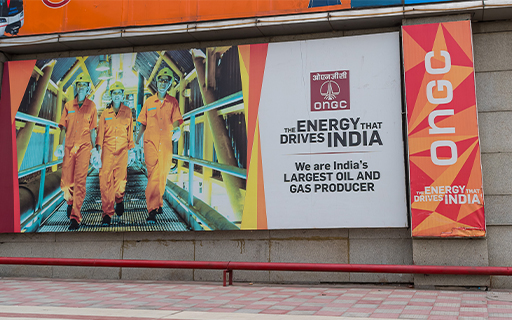 Is ONGC Share Price Poised for a Comeback?
Is ONGC Share Price Poised for a Comeback?
Aug 13, 2023
What's driving ONGC's recent outperformance?
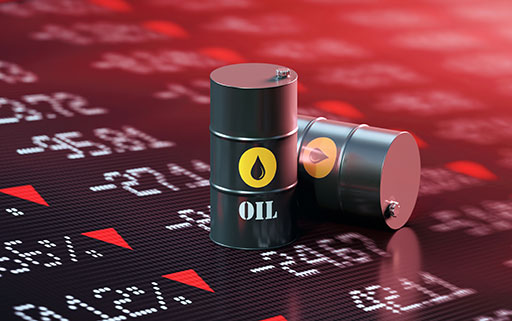 Why ONGC Share Price is Falling
Why ONGC Share Price is Falling
May 29, 2023
Here's why ONGC's share price fell after the company declared its results for the March 2023 quarter.
 Nifty Energy Index: Bulls Capitalizing on Technical Support
Nifty Energy Index: Bulls Capitalizing on Technical Support
Mar 27, 2023
Charts suggest a possible recovery in the Nifty Energy index. The index was down around 16% in the first two months of 2023 but saw a recovery March 2023.
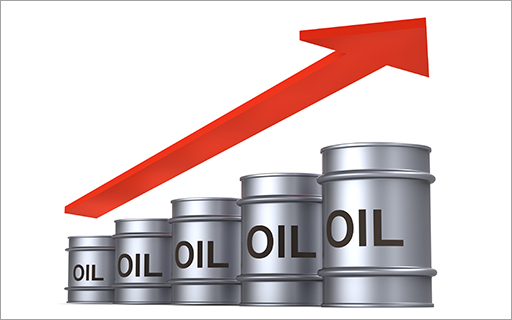 ONGC Share Price: Oil is Well!
ONGC Share Price: Oil is Well!
Mar 8, 2023
The possibility of a downside risk in ONGC share price appears limited. Investors could add this undervalued stock to their watchlist.
 Why ONGC Share Price is Falling
Why ONGC Share Price is Falling
Nov 23, 2022
Oil and gas prices were shooting high in 2022, still ONGC's margins have remained under pressure. Read on to find out why ONGC's profits are falling.
 Why ONGC Share Price is Falling
Why ONGC Share Price is Falling
Jul 5, 2022
Here's why ONGC shares have declined over 13% in the last five days.
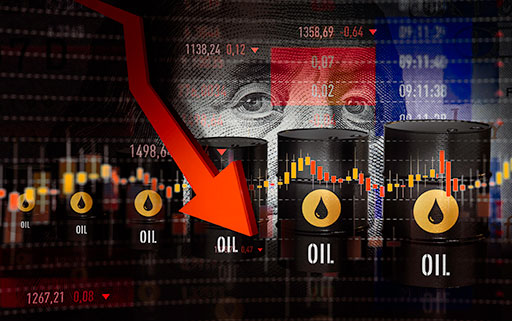 Why Crude Oil Price is Falling
Why Crude Oil Price is Falling
Jun 25, 2022
Global markets have become volatile, sending chills through the crude oil market.
Time to Bet on these 3 Stocks as Crude Oil Prices Rise?
Mar 4, 2022Here's a list of top three oil & gas stocks to watch out as Russia-Ukraine crisis escalates.
 Top 5 Equity Mutual Funds for SIP Investments in 2022
Top 5 Equity Mutual Funds for SIP Investments in 2022
Mar 4, 2022
PersonalFN's curated list of top 5 Equity Mutual Funds for SIPs in 2022 and beyond.
 ONGC to NMDC: Here are 5 Stocks Value Investors Should Closely Track
ONGC to NMDC: Here are 5 Stocks Value Investors Should Closely Track
Nov 26, 2021
Before investing in value stocks, research the company and gain insight into why the market is discounting it.

